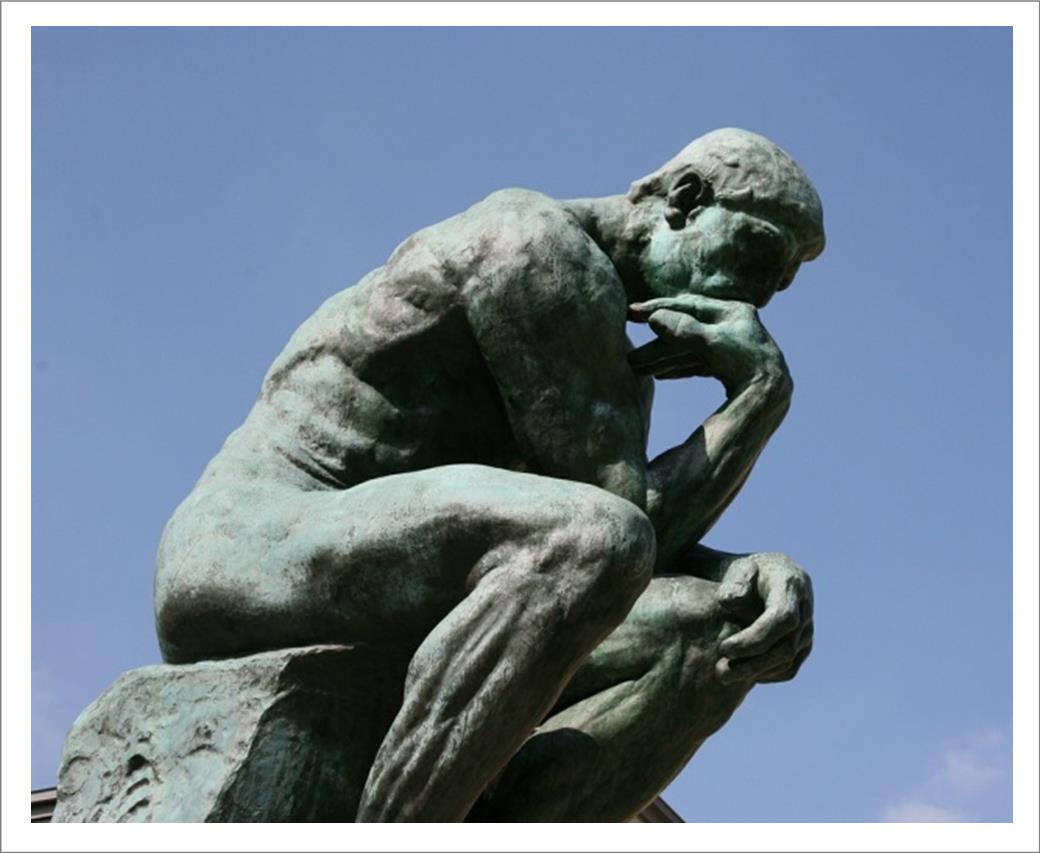Systems Thinking People
 We recognise at BHW that most human beings are not natural systems thinkers. The way in which our brain works as a consequence of having to survive packs of hunting animals millennia ago, militates against systems thinking.
We recognise at BHW that most human beings are not natural systems thinkers. The way in which our brain works as a consequence of having to survive packs of hunting animals millennia ago, militates against systems thinking.
Occasionally, individuals transcended this natural state of mind and they are able to perceive the world differently and make truly significant advances. One could include people such as Newton, Einstein, Keynes, Dirac and Darwin as natural systems thinkers.
This does not mean that the rest of us cannot do “systems thinking”, just they were able to do it unconsciously while the rest of us have to consciously set out to “systems think”. We all have the potential to be systems thinkers but need guidance and also devices to help us. This guidance can come in the form of a procedure that, when faced with a specific situation (for example Lean and Six Sigma are application of systems thinking to the problem of waste removal and variation reduction respectively), provides a route map to the solution. However, for more general situations such prescriptive procedures are at best sub-optimal and at worst downright dangerous. The devices again come in many forms from the freeform rich pictures to the more prescriptive tools like input-output analysis. And again, their use while potentially powerful can also be foolhardy: indeed and a fool with a tool is still a fool – but a more dangerous fool.
Given that most of us (99.99997%) are not natural systems thinkers means we have to work at it, we have to practise and practice. The great thing about Systems Thinking is that it can be applied anywhere to anything and at any time and therefore there is plenty of opportunity. Moreover, a great deal can be achieved with very little. An understanding of some of the key systems characteristics and principles together with some simple tools can help most of us apply Systems Thinking and reap the rewards it offers.